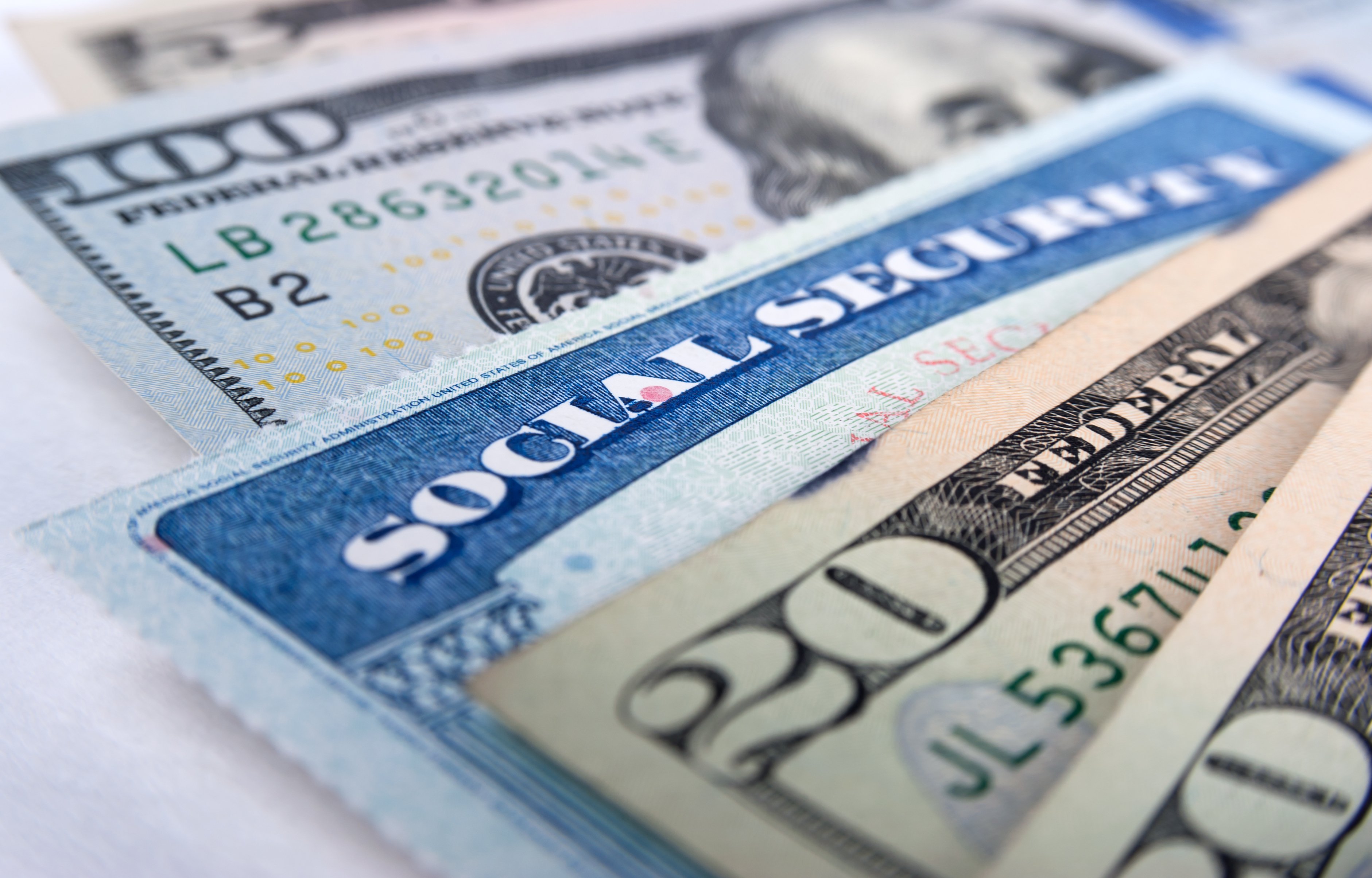How safe is Social Security? Well, it's certainly facing challenges, with its surpluses likely to turn into deficits in future years if nothing is done to shore up the program. It's not likely to disappear or stop delivering some income to you in retirement, though. There's another way that Social Security isn't 100% safe -- it's targeted and abused by some crooks to steal money from retirees.
Fortunately, you can reduce your chance of being victimized in just a few minutes.

Image source: Getty Images.
The times are changing
Let's set the stage for this story: In the old days, you would conduct your Social Security business with its employees -- over the phone or in person at one of the many local offices. Today, though, retirees and near-retirees are encouraged to go online for many of their Social Security needs.
One reason is simply that many parts of our financial and nonfinancial lives have online aspects to them these days, and that's generally a good thing. Another reason is that Congress has been cutting the budget of Social Security -- by a total of 11% (adjusted for inflation) between 2010 and 2017, with further cuts proposed that could up the total to 16%. (Note that the reduced funding is happening at a time when the program's services are being used more, as baby boomers retire.)
The Social Security Administration (SSA) now promotes its "my Social Security" site, where, after you create an account, you can do the following things and more:
- See an estimate of your future benefits based on your earnings record (The SSA used to mail this estimate out annually, but no longer does so.)
- Review the SSA's record of your past earnings, to make sure they're correct
- Check the status of your application for benefits
- Request a replacement Social Security card (if you meet certain criteria)
- Request a replacement Medicare card
- Change your address
- Start or change the direct depositing of your benefit payments
- Get a replacement SSA-1099 or SSA-1042S form for tax purposes
You can also apply to start receiving your Social Security benefits at the SSA website.
It's estimated that more than 34 million Americans are doing at least some business with the SSA online.
All that is good, right? Well, there's still a problem.

Image source: Getty Images.
The scam
Just as identity theft has been a growing problem in America and elsewhere, it's a growing problem for Social Security, too. Think about the list above. If someone can enter the SSA website posing as you, they may be able to cause havoc, such as by redirecting your benefits to themselves.
How would they get your personal information with which to impersonate you? Well, in many ways, by "phishing." That's when a scammer contacts you -- perhaps via email or a phone call -- and (often convincingly) pretends to be the Social Security Administration itself, saying that it's important that you give them some information.
The SSA has issued an anti-phishing alert, and recommends, among other things:
- If you are not certain that an email you received came from Social Security or one of its marketing firms, DO NOT respond to the email or click on any links contained in the email message. Instead, navigate directly to the Social Security website, www.socialsecurity.gov/, and click on the "my Social Security" icon.
- Report the incident by forwarding the suspicious email to the U.S. Computer Emergency Readiness Team (US-CERT) at [email protected]. (http://www.us-nocert.gov/nav/report_phishing.html).
And here's a final bit of excellent advice that we should all remember:
- Do not respond to emails requesting personal information. Reputable businesses and public agencies will not ask you for personal information in an email.
Set up your my Social Security account -- here's how
One quick and easy way to deter these scammers is to make sure that you are in control of your account with the SSA. That means creating your "my Social Security" account and keeping it as secure as you can.
It's quite simple to do so. As with other sites, you'll create a username and password. The SSA takes it a step beyond that, though, requiring two-factor authentication. You'll be sent a special code to be used just this once, and you'll have to choose to receive it at the email address with which you signed up or via text to your smartphone. Enter that code when prompted for it, and you'll be all set.
By creating your own account, you will prevent anyone else from doing so. (You are only supposed to create an account for yourself and should not create one for anyone else. This is a rule that the scammers break.)
You can make your account even more secure by adding a secondary method of identification -- using that same two-factor authentication method each time you log in to your account. If a scammer tries to impersonate you, even if he or she knows your email address and password, they won't be in possession of your phone to receive the texted code there and probably won't be able to read the code in your email account, either. The SSA is doing all it can to ensure the security of its system, so it will also ask for an answer to a security question to further establish your identity -- you may end up providing the last eight digits of one of your credit cards or some information from a tax form. That answer is also something a scammer isn't likely to be able to provide.
Taking these steps won't guarantee immunity from Social Security fraud, but it will make it much less likely that any scammer can take advantage of you.





